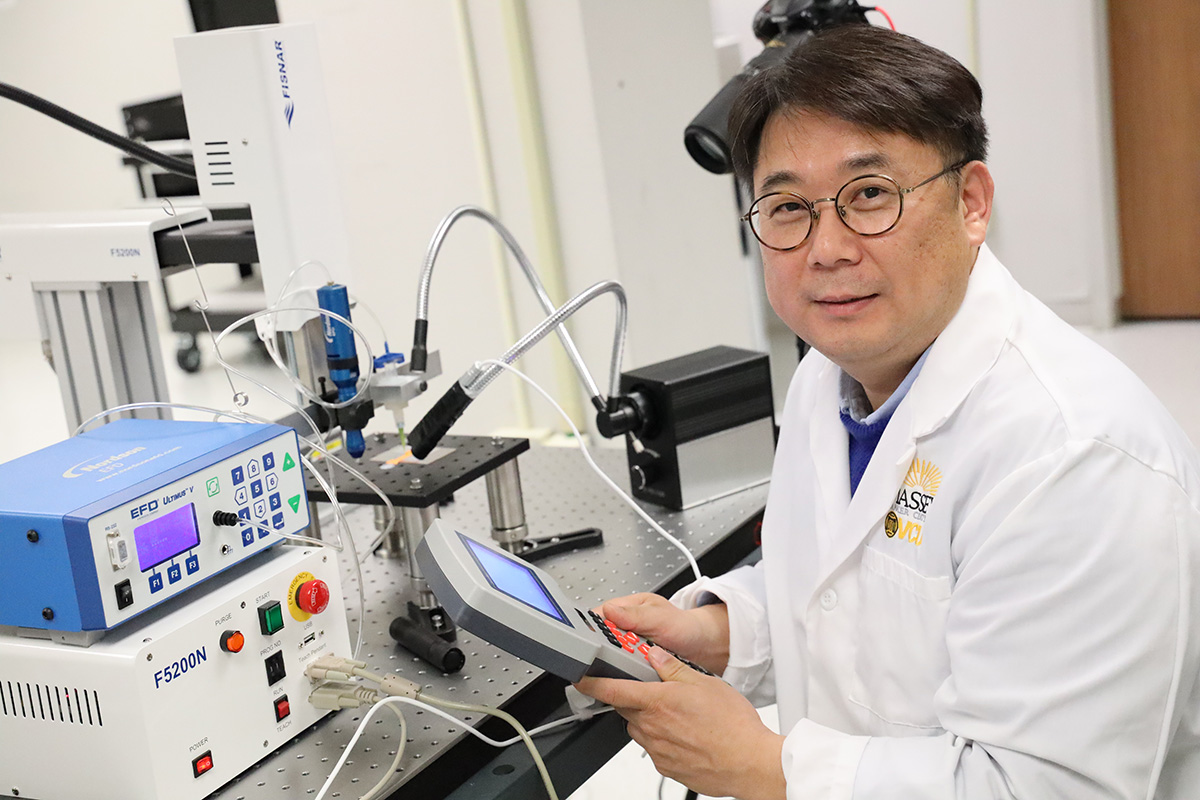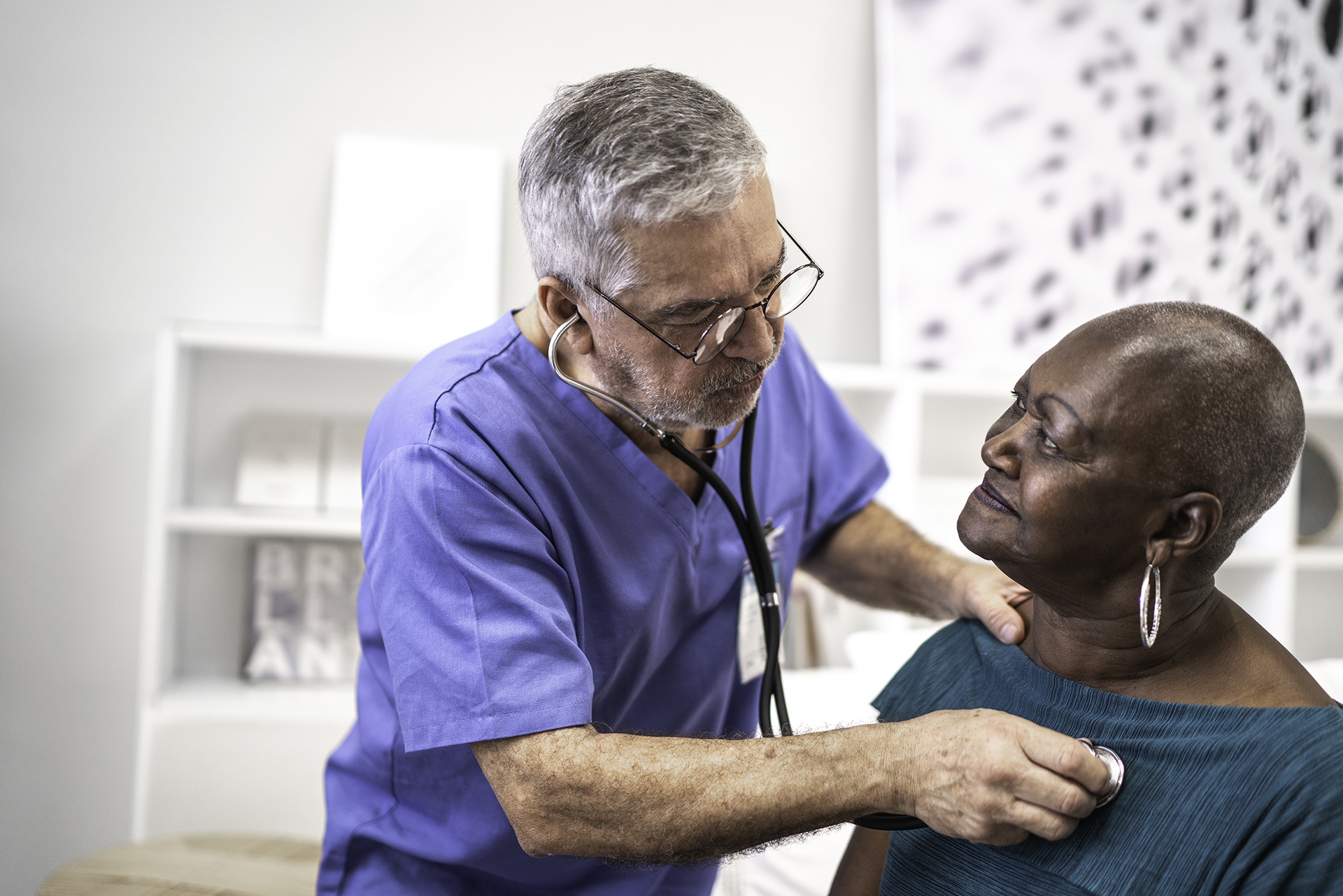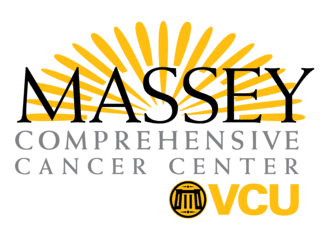Latest News
Research
Joung prints 3D models of cancer cells to mimic tumor growth and provide insight for novel therapeutics
Apr 24, 2020

Daeha Joung, Ph.D., uses physics and three-dimensional printing technology to make live models of tumor cells for VCU Massey Cancer Center investigators to better understand disease progression and explore new therapeutic opportunities.
Joung joined Massey in 2019 as a member of the Cancer Molecular Genetics research program. He is also an assistant professor in the Department of Physics at the VCU College of Humanities and Sciences.
In order to maximize the effective reproduction of biological systems, including cancer cell growth, there is a need to create 3D, artificially structured materials or devices. Conventional technologies are readily equipped to facilitate the representation of 2D cellular networks but are significantly limited in their ability to manufacture complex 3D structures.
“A number of strategies have been developed to overcome these obstacles but have not been entirely successful,” Joung said. “I can use physics, nanotechnology and engineering to overcome those obstacles and provide unique insight that could open the door to new therapeutic options for cancer.”
Joung plans to address these limitations by employing the concepts of bioprinting and origami-inspired self-folding, which are advanced technologies that permit the construction of complex multi-material, multi-scale and/or multi-functional 3D structures.
Massey scientists who want to have cancer cells printed for their research can provide a tissue sample to Joung and then discuss specific designs or tumor structures they want to have manufactured.
Using a variety of remote-controlled robotic mechanisms and customized 3D printing technology, Joung can control the amount and specific configuration of the types of cells being replicated and printed.
In previous research, published in Advanced Materials, Joung used 3D bioprinting techniques to help reconstruct migration behaviors, including the directional movement of lung cancer cells. The study demonstrated that 3D models of tumor microenvironments can effectively be used to explore the molecular mechanisms of cancer growth and metastasis and to preclinically identify therapeutic agents and screen anticancer drugs.
Joung said this technology is not limited to certain disease types.
“Cancer is cancer from an engineering point of view, so my lab can produce many different types of tumor tissue-mimics,” Joung said. “If someone is interested in lung cancer, we can print lung cancer cells. If someone is interested in breast cancer cells, we can print those too.”
In a separate study, Joung also showed that 3D printing can be harnessed to build models of neurological diseases, including spinal cord injury, and to develop new clinical approaches to treat those as well.
His long-term goal is to design a comprehensive platform of advanced 3D systems for application in cancer models and neural regeneration models, opening novel opportunities to test therapeutic options to treat disease.
Recently, Joung has been interested in adding another dimension to his bioprinting efforts — time. Through this process, Joung can shrink or expand cellular models over time.
“I think 4D printing is the next generation of printing technology. Instead of one layer, through 4D printing I could print multilayered vascular structures,” Joung said. “It’s a new methodology to even more effectively mimic human tissue. I can actually demonstrate the dynamic behavior of certain tissues, including cancer cells. That is the future of bioprinting, and I look forward to conducting this type of research.”
Joung hopes to establish a strong network with researchers of various expertise at Massey.
He has been published in nearly 30 peer-reviewed journal publications, including ACS Nano, Advanced Functional Materials and Nano Letters, among others.
Joung was born in Seoul, South Korea, where he earned a bachelor’s degree in physics at Soonchunhyang University. He completed his master’s degree in physics at Eastern Michigan University and his Ph.D. in physics with a focus on nanoscience at the University of Central Florida in 2012.
Joung then served roles as a postdoctoral associate in mechanical and electrical engineering at the University of Minnesota. It was there that he first modified his printer to be able to print 3D models of live cells. He began by printing skin cells before neurosurgeons at the university asked him to print stem cells as a means to create models of the human spinal cord.
Eventually, a colleague from the cancer center at the University of Minnesota reached out and asked Joung to print live in vitro tumor cells for his research.
Joung is a member of the American Physical Society, Korean-American Scientists and Engineers Association and Materials Research Society.
He lives in Short Pump with his wife and one-year-old son and enjoys cooking Korean and Japanese cuisine.
Written by: Blake Belden
Related News
Research, Technology
Groundbreaking TACIT algorithm offers new promise in diagnosing, treating cancerJun 9, 2025

Get access to new, innovative care
Treatments in clinical trials may be more effective or have fewer side effects than the treatments that are currently available. With more than 200 studies for multiple types of cancers and cancer prevention, Massey supports a wide array of clinical trials.

Find a provider
Massey supports hundreds of top cancer specialists serving the needs of our patients. Massey’s medical team provides a wealth of expertise in cancer diagnosis, treatment, prevention and symptom management.
